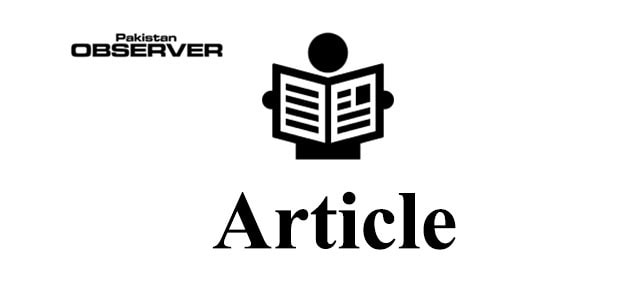HIJAB: A choice, universal right or empowerment
MODESTY and privacy in Hijab, besides being an Islamic concept, is notably expressed in multi-ethnic and multi-religious countries; such as, in eastern Orthodox or Catholicism women wear mitres a distinctive headdress of bishops.
A nun wears her headdress as a symbol of purity, the sign of her affiliation to church, her submission to God, modesty, and, to a certain point, her separation from the rest of society.
Among Hindus, head coverings are worn by most women and keep ‘the saree pallu’ on their heads. In Judaism, sheitel is a special wig, headscarves, yarmulke used by females.
But apparently, the biggest challenge for Muslim women is wearing the hijab that covers most of the body in public correspondingly affects their professional and way of life as well.
By superposing a specific faith, several female veil singers, girls in sports wearing the veil, women news reporters, trolled on social media and have made headlines in the recent past and have been targeted for choosing to wear a hijab.
Recently, a barrage of questions and comments was thrown at this Pakistani rapper Eva B on hijab while hailing music show.
She calls by a name as an up-and-coming “niqab-posh” rapper. Similarly, a backlash has been challenged in the neighbouring country where Oscar-winning musician AR Rehman’s daughter was targeted and objectified as female rarest burqa singer.
Both defended themselves with the slogans of “It’s not your problem” and “It’s my choice”.
Muskan Khan’s roar standing up against hijab as Indian Muslims captured the “brave moment” to link it with a religious movement.
A sprinkling Muslim females’ journalist in the US media seeks to inspire in Hijab as “Representation Matters” while encountering bigoted and negative tags as the Hijabi reporter crew.
Women in France are excluded from a football field and seek to end in humiliation against the hijab in ‘sports’ campaigning using the hashtag “Les Hijabeuses” in the interest of religious neutrality.
In Algeria, Hijabi anchors on state TV for the first time. Inversely, a woman from the Middle East raised her voice against the atrocities on women in the form of Sharia law forcing women to wear hijab with irrational fear and raised the slogan “Let’s Talk”.
The feminine form – desirable, alluring, and sensuous in the sociableness apart from the privacy of the marital home – should be made to appear in the public sphere.
On my recent trip to a staunchly secular nation, first lady Erdogan entitled as strengthening solidarity, empowerment, promoting peace in a headscarf.
Her headscarf looked more like a slick headwrap in appearance, which covered both hair and neck, giving women a neat and formal look.
Secularism is to shun the western style of dressing embracing headscarves, family values, wearing makeup, and enjoying contemporary social activities for ‘the true path’ following Islamic teachings.
In mostly, South Asian countries like Pakistan, Bangladesh, Nepal, and India the headscarf don’t have a very modern life and an academic in the field of linguistics.
The criticism coerces on women to think about her outfit, consistently indulging her to feel slightly embarrassed and inquiries into Islam and its culture to fully embrace a religious life. Early enough [1965], I love the way [American actress] Audrey Hepburn covered her hair.
Recently, the rising tide of Islamophobia has been heard by the UN designating March 15 as International Day to shootout Islamophobia as a way forward that present as being a step in the right direction of “patience,” “balance,” and “tolerance.”
—The writer is Regional Head of IKDAR for South Asia & Europe. A Writer & Research Fellow for Advocacy & Communication in a leading Think-Tank SDPI of Pakistan.










